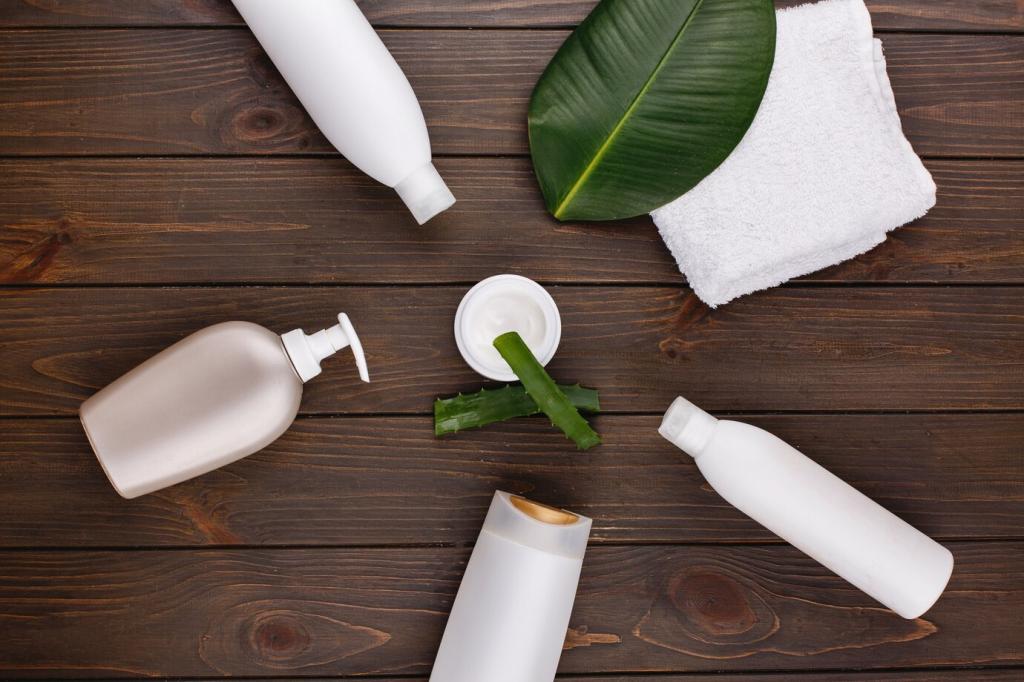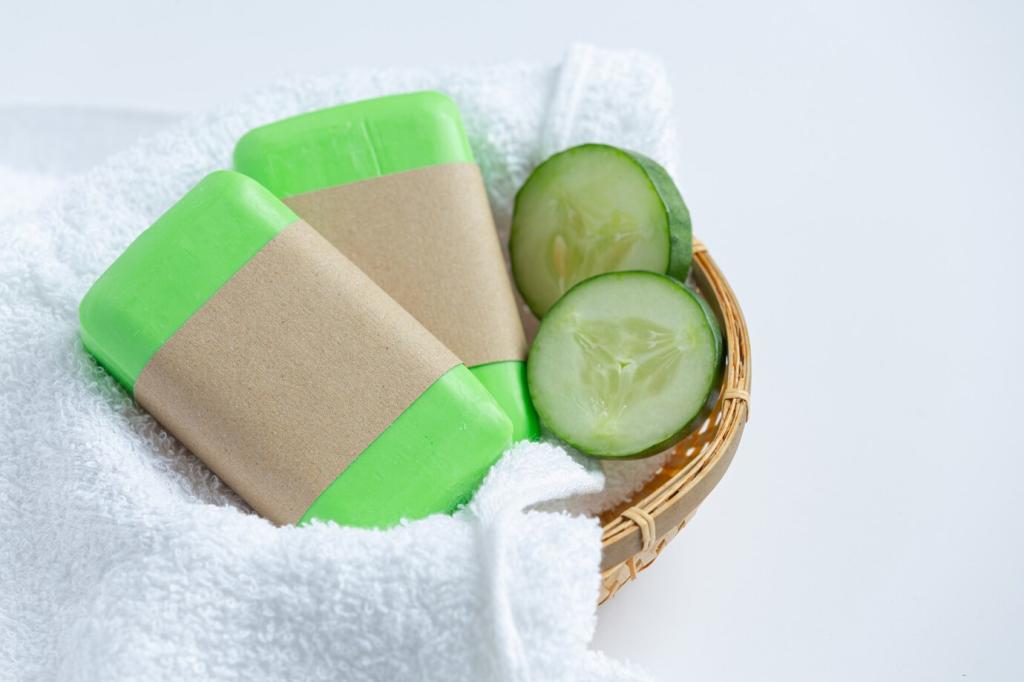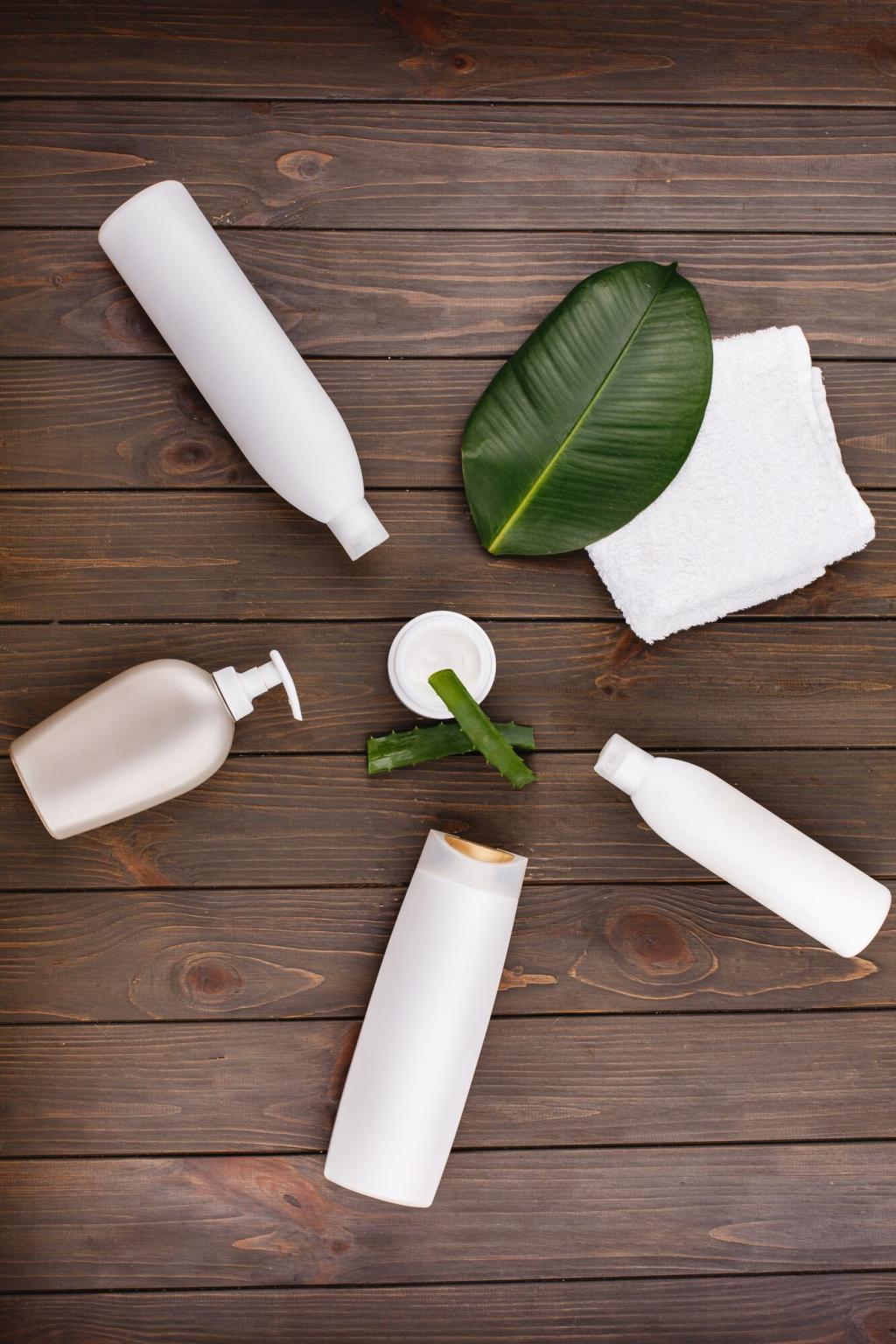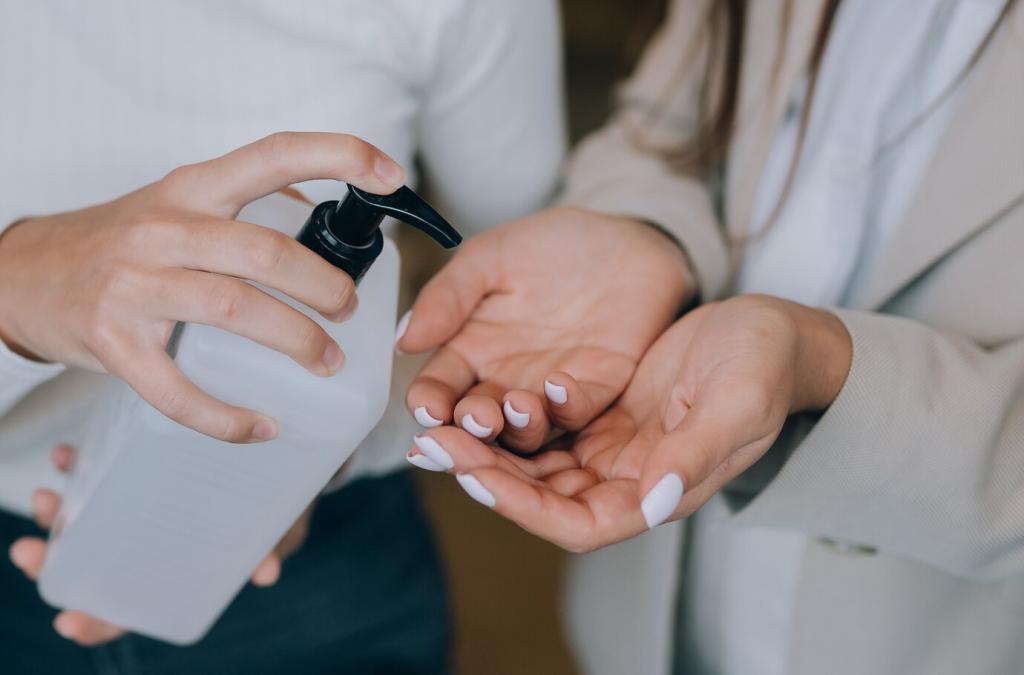Breathe Easy at Home: Chemical-Free Dusting Sprays
Why Chemical-Free Dusting Sprays Matter
Conventional dusting aerosols can leave lingering fumes and sticky residues. Chemical-free dusting sprays focus on light, breathable ingredients that capture dust on contact, then evaporate cleanly. If you struggle with fragrances or headaches, this approach can turn weekly chores into a soothing, scent-tuned ritual you genuinely enjoy.
Why Chemical-Free Dusting Sprays Matter
A gentler dusting spray can help reduce exposure to harsh additives while you wipe bookshelves, baseboards, and picture frames at kid height. Pet fur clings to dust, so a mild, simple formula helps you clean more often without worrying about residues on paws or curious noses brushing against freshly wiped surfaces.



The Ingredient Playbook
Distilled water minimizes mineral spots while a drop or two of plant-based castile soap loosens dust from grooves and carvings. This mild pairing helps your cloth glide, cutting down on friction without leaving foam. Misting the cloth, not the surface, ensures even coverage and a tidy, over-spray-free routine.
The Ingredient Playbook
A tiny amount of light plant oil, like jojoba or fractionated coconut, can help trap dust instead of smearing it. Used sparingly, it adds a soft, natural luster to sealed wood without greasiness. The trick is restraint: just enough to catch particles, never enough to create a tacky film.
Three Reliable Chemical-Free Dusting Spray Recipes
Combine 1 cup distilled water with 1 teaspoon liquid castile soap and 1/2 teaspoon jojoba oil in a spray bottle. Shake gently. Lightly mist a microfiber cloth and wipe shelves, frames, and baseboards. This balanced mix lifts dust fast, minimizes streaks, and dries clean on finished, non-porous surfaces.
Three Reliable Chemical-Free Dusting Spray Recipes
Blend 1 cup distilled water with 1 teaspoon castile soap and 1 teaspoon fractionated coconut oil. Mist the cloth and wipe with the grain on sealed wood. Buff dry immediately. Expect a soft sheen without heavy residue. Always spot test, especially on vintage finishes and darker tabletops that show streaks.




Smart Tools and Techniques
Choose high-density microfiber with bound edges to avoid lint. A light mist on the cloth increases pickup and reduces scattering. Fold into quarters, exposing fresh panels as you go, so each pass stays effective. Rinse cloths in warm water, skip fabric softeners, and air-dry to maintain gripping power.
Smart Tools and Techniques
To keep over-spray off books and screens, apply your chemical-free dusting spray directly to the cloth. Work top to bottom so falling dust never lands on finished zones. Finish with a quick dry buff to remove micro-smears and leave surfaces looking naturally clean rather than artificially shiny.
Surface Safety and Sensible Testing

Test, Observe, Adjust
Apply a small amount on a hidden spot, wipe, and wait a few minutes. If you see streaking or a dull patch, reduce oil or soap slightly. Write down adjustments on your bottle. A tiny tweak often transforms a good formula into your perfect, reliable, always-reach-for-it dusting companion.

Know Your No-Spray Zones
Avoid unfinished wood, piano finishes, delicate lacquer, and fabric lampshades with any liquid dusting spray. For those, use a dry microfiber or a barely damp cloth. Never spray near open books or paper stacks. Keeping liquids controlled ensures cherished items age gracefully without warping or water marks.

Screens and Electronics
Do not spray electronics directly. Power down, then use a dry microfiber to lift dust gently. If needed, slightly dampen a corner with your chemical-free dusting spray, wring thoroughly, and wipe frames or backs only. Keep moisture away from ports and speakers, and follow the manufacturer’s recommendations diligently.
Sustainability and Simple Savings
Choose a sturdy, clearly labeled spray bottle and mix small batches you actually finish. Refill when one-third remains to keep performance consistent. Reusable cloths save money and reduce trash. Share your label template or bottle pick with readers and ask for theirs to grow our collective toolkit.
Sustainability and Simple Savings
A single reliable chemical-free dusting spray, paired with two quality cloths, outperforms a cluttered cabinet. Fewer formulas mean faster routines and easier maintenance. Track how long your batch lasts and post your findings in the comments so other readers can calibrate their own weekly schedules too.

One reader swapped a heavy aerosol for our everyday mist and noticed fewer dust returns on dark shelves. The light oil locked particles onto the cloth, not back onto the wood. She now wipes once weekly instead of every other day, and says breathing feels clearer while reading quietly.

Another reader keeps a small bottle and cloth in the entry. A quick mist on frames, console table, and baseboards makes guests feel instantly welcomed. She calls it her five-minute reset, proof that chemical-free dusting sprays turn maintenance into mindful moments that anchor a busy day gently.

What recipe worked best for your shelves or piano bench? Share your adjustments, questions, and before–after impressions in the comments. Subscribe for upcoming themes on gentle cleaning, smart storage, and calm-home routines, and invite a friend who loves practical, peaceful ways to care for their space thoughtfully.
Join our mailing list
